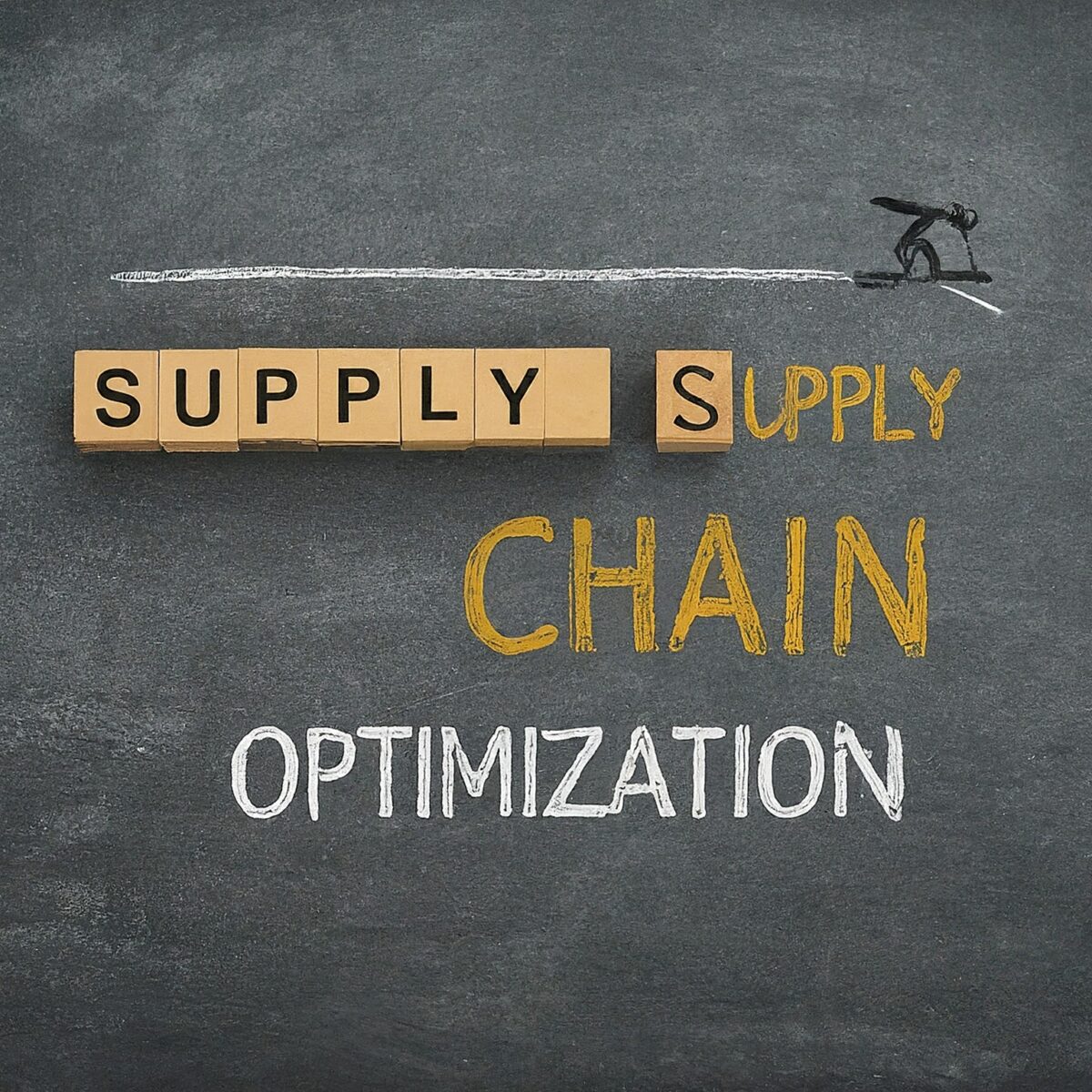In today’s competitive corporate climate, supply chain optimization is an essential technique for increasing efficiency, lowering costs, and boosting customer satisfaction. Advanced technologies like IoT, AI, and blockchain are transforming supply chain management by enabling real-time visibility, predictive analytics, and increased security. This article delves into how supply chain optimization works, its advantages, and the common procedures involved.
The Mechanics of Supply Chain Optimization
Supply chain optimisation entails adopting cutting-edge technology and data-driven techniques to simplify processes, reduce waste, and increase productivity. Here’s a step-by-step explanation of the normal procedure:
- Data Collection and Integration: The collecting and integration of data from numerous sources, including suppliers, manufacturers, warehouses, and logistics providers, is the first step in supply chain optimisation. This information is obtained by IoT sensors, RFID tags, and other tracking technologies.
- Analyzing and Modeling: Advanced analytics and AI algorithms use gathered data to spot patterns, forecast demand, and optimise inventory levels. Simulation models are used to evaluate various situations and identify the most effective solutions.
- Planning and Forecasting: Based on the findings, supply chain planners can estimate demand, manage production schedules, and efficiently allocate resources. Predictive analytics aids in forecasting market trends and adapting tactics accordingly.
- Inventory Management: Optimised inventory management guarantees that the appropriate amount of stock is kept at each level of the supply chain. Automated systems monitor inventory levels in real time, lowering the risk of overstocking and stockouts.
- Transportation and Logistics: Transportation management systems (TMS) optimise route, scheduling, and load planning to save costs and speed up delivery times. Real-time tracking and visibility technologies give information about shipment progress and any delays.
- Continuous Monitoring and Improvement: The supply chain is constantly monitored via real-time data and performance measurements. Continuous improvement procedures are used to detect bottlenecks, simplify operations, and increase overall efficiency.
Handling Different Scenarios
Supply chain optimization is designed to be flexible and responsive to various scenarios:
Demand Fluctuations: Advanced forecasting technologies detect demand changes, allowing supply chain managers to alter production schedules and inventory levels as needed.
Disruptions and Delays: Real-time tracking and visibility solutions alert users to potential interruptions including as delays, equipment breakdowns, and natural disasters. Contingency plans are launched to reduce the effect and ensure continuation.
Supplier Issues: Supplier performance is constantly reviewed, and alternative suppliers are found and onboarded to provide a stable supply chain.
Benefits of Supply Chain Optimization
The adoption of supply chain optimization offers numerous advantages:
Increased Efficiency:Streamlined processes and optimised resource allocation lead to greater efficiency and production throughout the supply chain.
Cost Reduction: Supply chain optimisation saves money by minimising waste, lowering inventory costs, and optimising transportation.
Improved Customer Satisfaction: Faster delivery times, more precise order fulfilment, and more product availability all contribute to higher customer satisfaction and loyalty.
Enhanced Visibility and Control:Real-time data and analytics enable complete insight and control of the supply chain, allowing for proactive decision-making.
Risk Mitigation: Advanced technologies aid in recognising and managing risks, resulting in a robust and dependable supply chain.
Ensuring Security and Compliance: Supply chain optimisation must adhere to industry norms and standards to safeguard data security and privacy. Blockchain technology is frequently utilised to improve transparency and traceability, while strong cybersecurity measures prevent data breaches and cyber attacks.
Take Away:
Supply chain optimisation is changing how organisations function by combining sophisticated technology and data-driven methods to increase efficiency, save costs, and improve customer satisfaction. As technology advances, supply chain optimisation will become increasingly important in determining firm success and competitiveness in the global market.
Contact us at open-innovator@quotients.com to schedule a consultation and explore the transformative potential of this innovative technology.






